10 Types of Couches You Need to Know Before Shopping for a Sofa
Find the perfect couch for your home with our guide to some of the most common furniture designs.
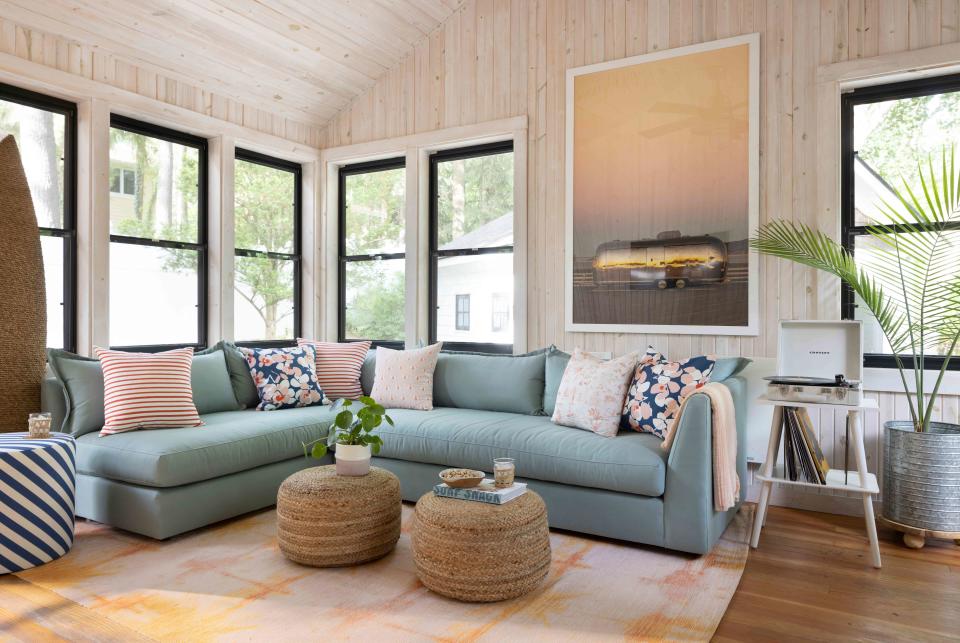
John Stoffer
Finding the perfect sofa can feel overwhelming, especially if you don't know your options. A good first step is deciding what the purpose of your seating is: Is it mostly for comfort and lounging? Or is there a certain aesthetic you're trying to achieve? You may want to pick a couch that matches the era in which your home was built, or you might prioritize other elements, such as capacity. Once you have a goal in mind, review our guide to the various types of couches to decide which one is best for your home.
Related: The 6 Best Couches of 2023, According to Testing
Couch vs. Sofa
While these two words are often used interchangeably today, "couch" and "sofa" originally had slightly different meanings, which can help narrow down your search for the perfect seating. Historically, sofas were smaller and meant only for sitting, while the word couch implies that a person could lie down. If you’re looking for something more formal, antique, or a two-seat capacity, searching “sofa” could yield more relevant results.
Related: Sofa vs. Couch: What’s the Difference?
10 Must-Know Types of Couches
Cabriole Couch
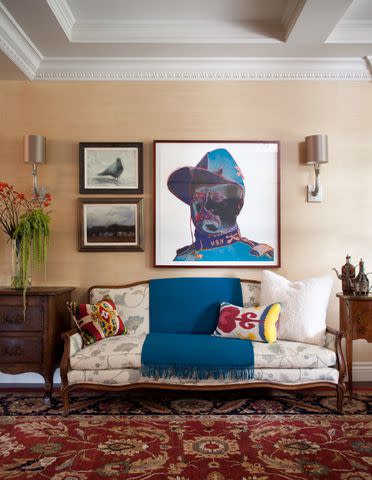
Edmund Barr
Known for its curved back that flows into the arms for a nook-like feel, the cabriole sofa is modeled after carriage seats from the 1700s, when it was invented. These ornate, two-seat sofas were designed in France, and thus look at home in French or French country-style homes. Cabrioles are versatile though, and also fit into traditional, eclectic, and glam-style homes. Note that it can be tough to find this style new, so consider shopping secondhand online and at antique stores. Using the search term “settee” will call up similar styles.
Camelback Couch
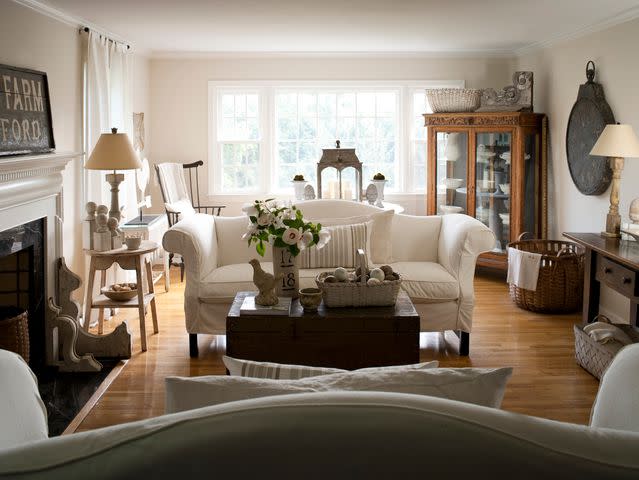
John Bessler
You can recognize a camelback sofa by its curved back and curved arms. This couch type was designed in the 1800s, and there are many vintage versions available. If you love the antique look of a cabriole but need more seating, search for a camelback couch.
Chesterfield Couch
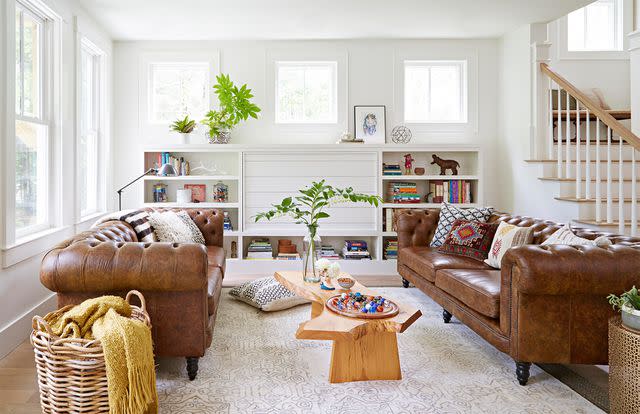
Kritsada Panichgul
The Chesterfield is a luxe couch style recognized for its arms and back, which are the same height, and deep tufting. It was designed in the 1700s in England, and the common leather-clad versions are often used in home libraries and studies. This couch style, however, is quite versatile and looks at home in modern, glam, or rustic spaces, especially in vibrant upholstery. Chesterfield couches that fit three people are readily available. However, this couch type is more upright than some, and thus it might not be the best option as your primary lounge spot.
English Roll Arm Couch
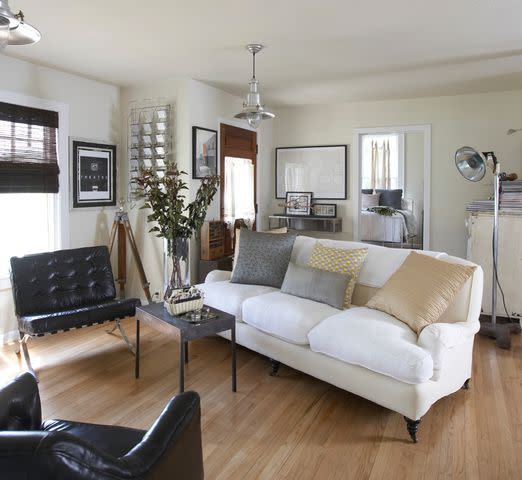
Colleen Duffley
The English roll arm is known for its low “rolling” arms and a sloping back. It was designed in England in the 1800s and has since become a signature of English interior design. English roll arm sofas look great in older homes or if your style is traditional or pre-midcentury. Though it comes in many sizes, it's a great couch for smaller spaces because its typical seat capacity is about 2.5. Even in smaller sizes, English roll arm couches are great for lying down thanks to their low arms.
Lawson Couch
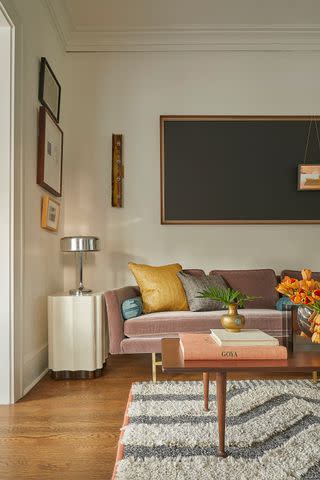
Dustin Dorr
The Lawson might be one of the most comfortable and popular types of couches. It was designed in the late 1900s for businessman Thomas Lawson and is the first couch to have removable back cushions. Lawsons are discernible from other similar couches by their narrow arms; whether rolled or square in profile, you’ll never see a wide or overstuffed arm on this type of couch. The Lawson typically sits three, and it suits most decor styles. The clean, simple design also works well with a variety of upholstery materials.
Midcentury Couch
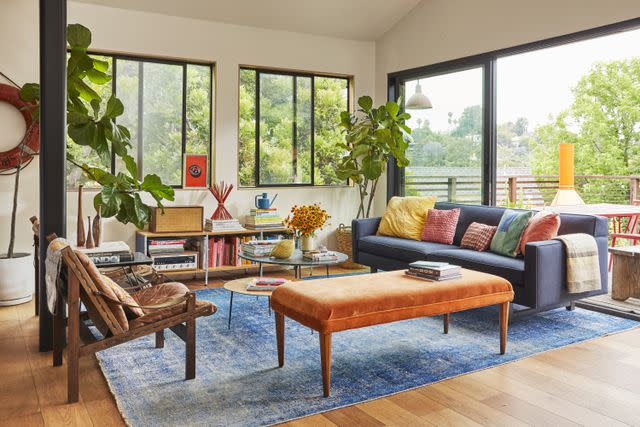
Justin Coit
The midcentury sofa emerged following World War II, with Americans seeking a new look to represent the new era. Designers at the time believed in good design at an accessible price point. As such, midcentury sofas pack a stylish but simple punch, often with conical wooden legs, clean lines, and shallow tufting. Large-weave cotton and wool upholstery were typical of the era, but velvet is also popular as midcentury modern comes back into style. This type of couch looks great in any style of home and comes in many sizes, but it fits in best if there are other modern furnishings around.
Related: How Modernism Became an Iconic Decorating Style During the 1940s
Sectional Couch
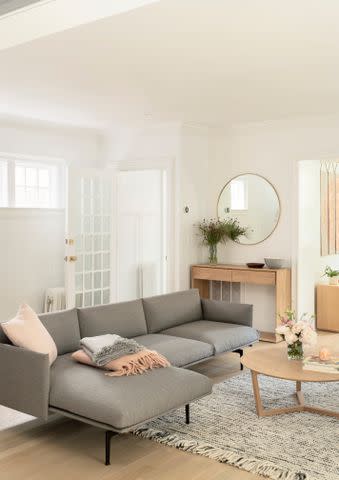
Matthew Williams
The sectional is one of the most popular types of couch today, thanks to its adaptable shape and lounge-friendly design. Though invented in the Victorian era, the sectional sofa became popular in the 1950s, when it was built as completely modular with many moveable parts to adapt to different social groups. Today’s sectionals are most commonly L-shaped with at least three seats and a chaise on one end, but the sizes and shapes of sectionals available are almost endless. No matter the size of your room, you can likely find a sectional to fit. The adaptability of this type of couch, along with its supreme level of comfort, is what makes the sectional so popular.
Modular sofas are a close cousin to sectionals because they are made of multiple parts that can be configured in various ways. That said, a sectional typically works in just one arrangement, while modular sofa parts are truly interchangeable and detachable from each other. If you want an extremely adaptable couch, search for a modular sofa instead.
Settee
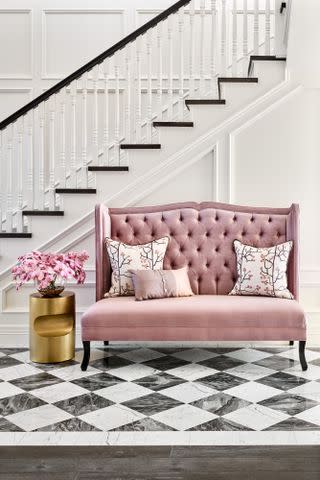
Werner Segarra
Settees are one of the oldest types of couches, originally made of all wood in the 1600s. Today, they are typically upholstered, and the key features of settees are their two-seat capacity and a shallow, upright seat. Given this formal design, a settee is best used paired with a more comfortable couch or as a lesser-used seat at your home’s entry or the end of your bed.
Loveseats also have a two-seat capacity and are sometimes used interchangeably with settees. The difference between these types of couches is that a loveseat has a deeper seat than a settee, making it more appropriate for lounging or informal seating areas.
Sleeper Sofa
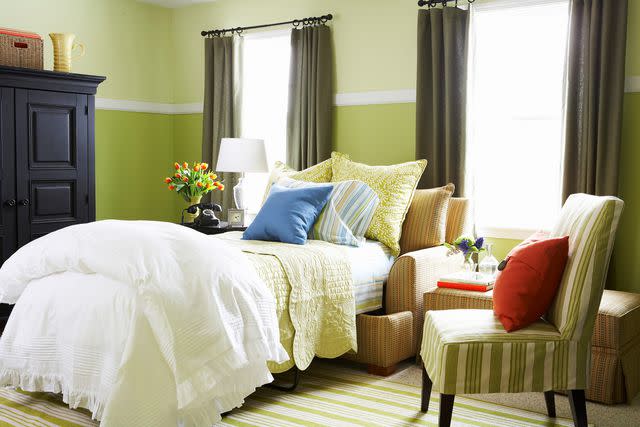
Keller and Keller Photography
Modern sleeper sofas were designed in the 1930s to accommodate low incomes, and they’re still a practical pick if you don’t have a dedicated guest room or you regularly host multiple guests. Modern sleeper sofas are much sleeker than their extremely heavy predecessors. Most have a folding function, rather than a pull-out steel frame. This makes them lighter and allows for a range of styles.
Some sleeper sofas unfold close to the floor, which can make them hard to get in and out of. We recommend you consider who stays over most often and what their accessibility needs are before you decide on a sleeper sofa design.
Tuxedo Couch
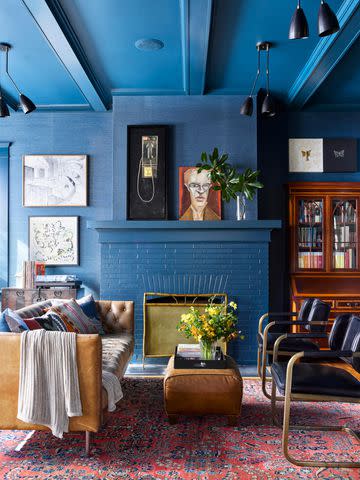
Annie Schlechter
The tuxedo couch is similar to a Chesterfield in that it often features deep tufting and the back is the same height as the arms. The main difference is that the tuxedo couch has a square profile, whereas a Chesterfield has a rolled back and arms. The arms and back of a tuxedo couch might be wide, creating a space-age look, but traditionally, they’re very narrow, making this sofa feel like a cozy, glamorous nook. This type of couch was designed in the 1920s and still carries the party-ready vibe of that era. It looks best in formal or high-glamour rooms.
For more Better Homes & Gardens news, make sure to sign up for our newsletter!
Read the original article on Better Homes & Gardens.

